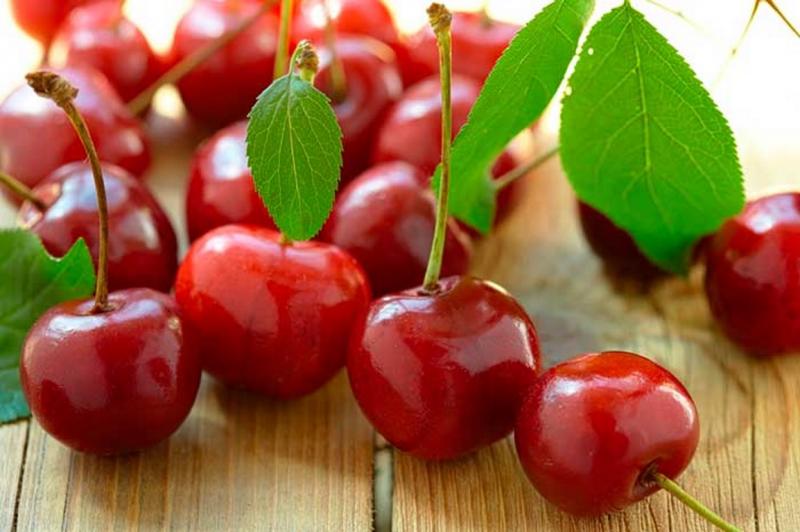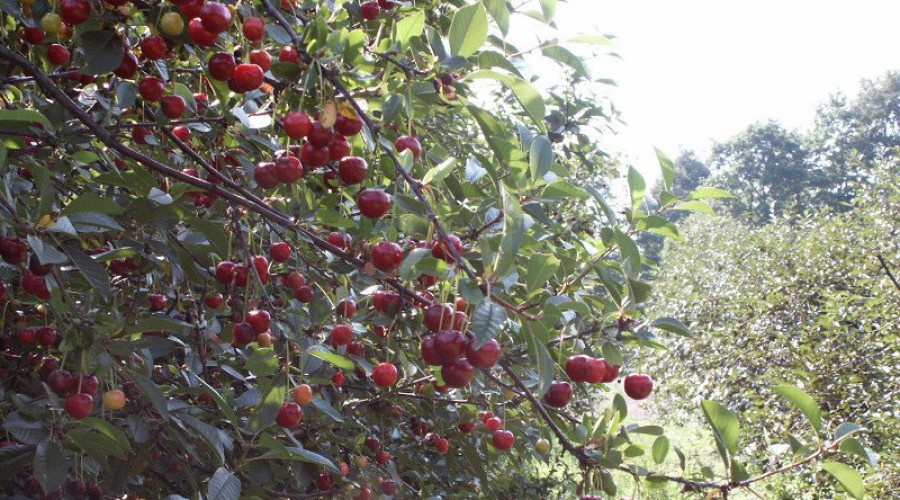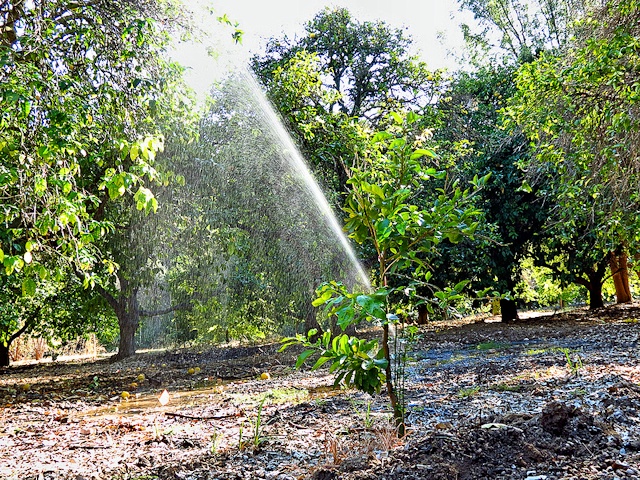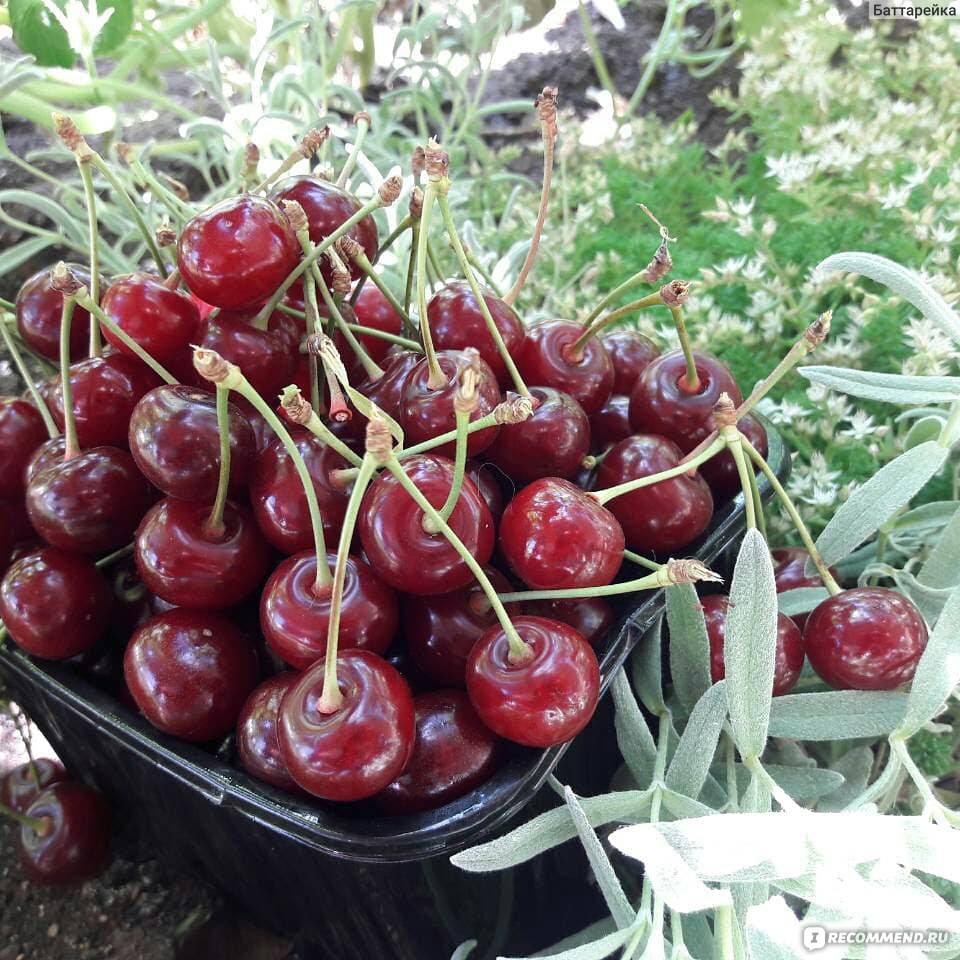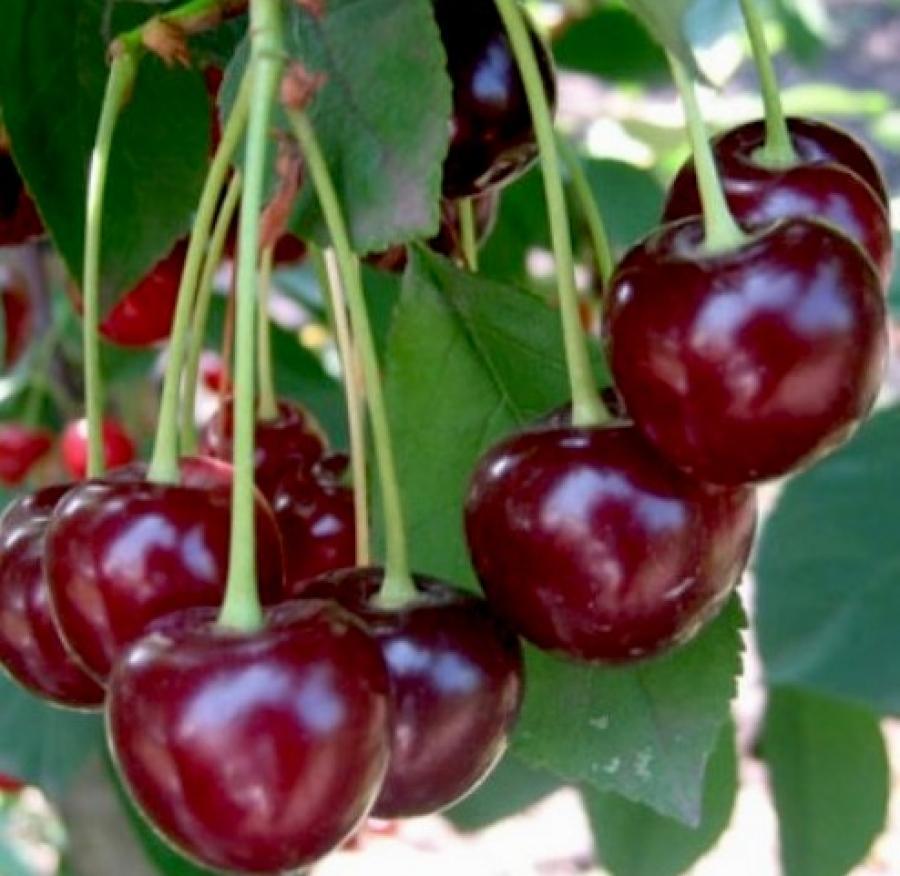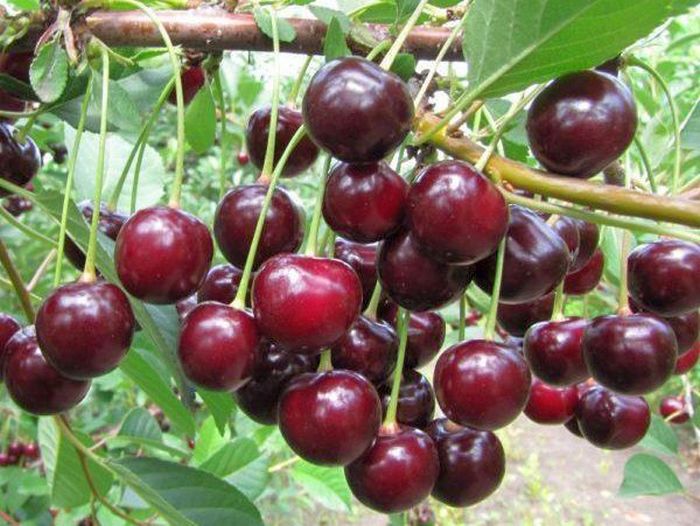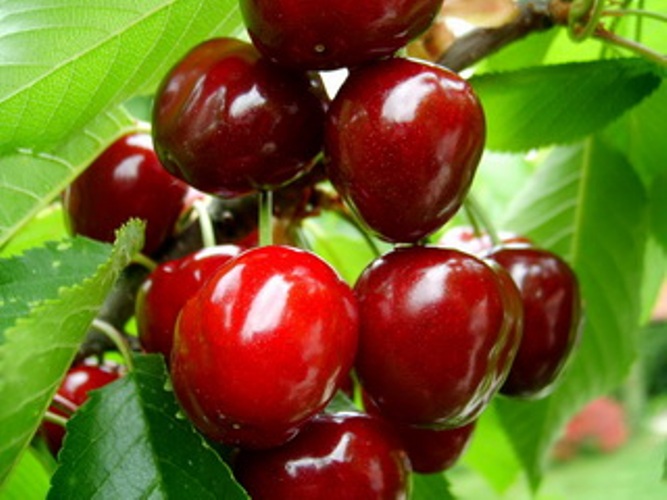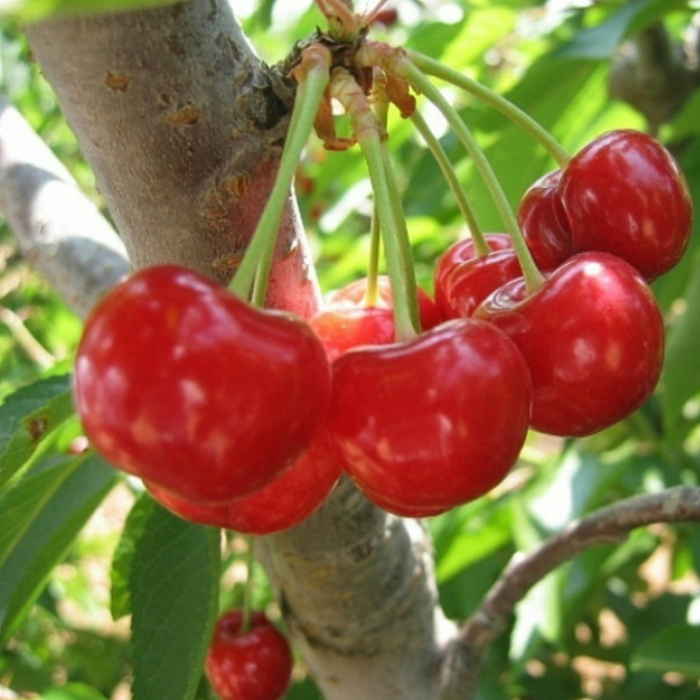Content:
Cherries are one of the most beloved berries since childhood. And if a person has a garden, he will definitely plant a cherry tree there. Those who have a garden plot that is not large in size should not despair. After all, the breeders did not waste time and brought out a low-growing and compact cherry variety with a high yield - Tamaris.
General information about culture
The Tamaris variety was bred by Tamara Morozova, one of the best researchers of the famous All-Russian Scientific Research Institute of Horticulture named after I.V. Michurin. The new cherry got its name in honor of its creator. Cherny Cherny Consumer goods was used as a parent variety. The tree was entered in the state register in 1994. The preferred regions for planting the Tamaris variety are the North Caucasian and Central Black Earth Districts. But cherries show good results in terms of yield in other regions of Russia.
They make amazingly delicious cherry juice and jam. The berries are also suitable for drying. And when frozen, the fruits retain their shape and taste.
Characteristics and description of the Tamaris cherry variety
Cherry Tamaris corresponds to the following variety description:
- The height of the tree is 1.8-2 m, only in exceptional cases it is slightly higher;
- The crown is of medium density, wide, round;
- The bark is brown, the shoots are brownish-brown, the buds are oval;
- Leaves are smooth, medium in size, with denticles on the edges;
- The flowers are small, white, in shape they resemble roses;
- The flowering period is late;
- The fruits are large, round. The upper part of the cherry is slightly flattened, there is a small depression at the base, and there is an inconspicuous seam on the abdomen. Berry weight - 4-5 grams;
- The chemical composition of the berry is sugar - 9.99%, ascorbic acid - 38 mg / 100g, other acids - 1.67%;
- The cherry peel is dark red;
- The pulp is very tender and juicy, dark red in color;
- The stone is round and large, easily separated from the pulp, makes up 4.5% of the weight of the total weight of the fruit;
- The berry is kept on a medium-sized stalk.
Varietal features of Tamaris cherries:
- Self-fertility. The fruit tree is self-fertile, i.e. it sets berries without cross-pollination with other fruit trees. However, experienced summer residents recommend planting the Tamaris variety in the vicinity of other varieties of cherry trees - Zhukovskaya, Turgenevka, Lyubskaya or cherries. Tamaris is also considered an excellent pollinator for other cherry trees;
- Productivity. The tree bears fruit for 2-3 years after planting. Differs in high stable yield - from 8 to 10 kg per tree. Although the Tamaris variety is frost-resistant, with sudden temperature changes in the spring, a slight decrease in fertility is possible due to freezing of the buds. It is better to play it safe and not remove the shelter from the trees ahead of time;
- Disease resistance... Tamaris is resistant to various fungi that cause drying of the tree, yellowing of the leaves, discoloration of the leaf plate to brown, etc .;
The keeping quality of cherries is average.
Agrotechnics
To grow Tamaris cherries, the following conditions are required:
- The climate is warm, the site must be protected from cold winds;
- This tree does not like high humidity, so it is better to plant it on a mound or hill or in a place where groundwater is very deep;
- The primer is suitable for neutral or slightly acidic. If the soil is acidic, you can add a bucket of sand and dolomite flour (5 kg) to the planting hole;
- The seedlings must be of high quality, 1-2 years old. Particular attention should be paid to the development of the root system. It is better to purchase them in specialized nurseries.
After planting, the soil should be watered regularly to prevent it from drying out.
Advantages and disadvantages
The Tamaris cherry variety has the following advantages:
- Compactness and short stature;
- Frost resistance;
- Great berry taste;
- Late ripening (ripens in late July - early August);
- Self-fertility;
- High productivity.
Of the shortcomings, it can only be noted that the Tamaris variety requires timely pruning. But given the many advantages, this is unlikely to be a problem.
